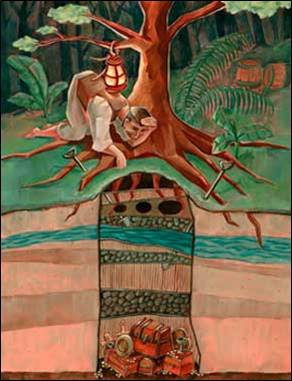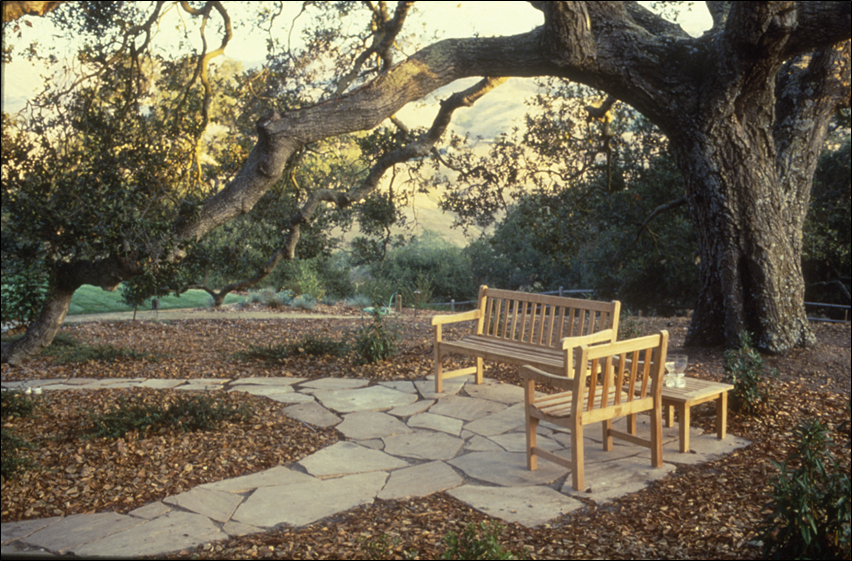When we think of our favorite trees, many Californians will immediately visualize our native oak trees: the same trees found over so much of the Central Coast, in so many different conditions and micro-climates. Fall is the best time to plant these trees, whether from acorns or containers. Let the winter rains and cool temperatures help them get established. As has been wisely said, “If you are thinking a year ahead, sow seed. If you are thinking ten years ahead, plant trees. If you are thinking one hundred years ahead, educate the people.”
There are three important; one could say dominant, species that greatly define the Central Coast in most people’s eyes. The Cost Live Oak (Quercus agrifolia), Valley Oak (Quercus lobata) and Blue Oak (Quercus douglasii).
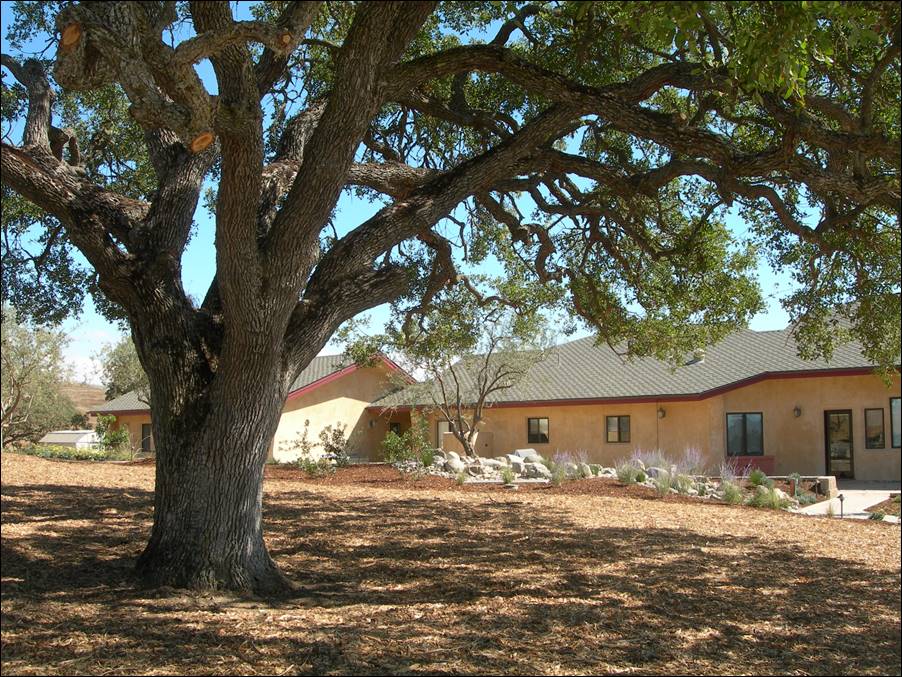
While the Coast Live Oak seems to be regenerating in adequate numbers, this is not the case with Valley Oaks and Blue Oaks: regeneration rates for both species are alarmingly low. Wildland fires, development, agricultural clearing, grazing and the effects of climate-change are a few of the reasons for these regeneration problems. So more than ever, it is incumbent on us to protect these precious resources, and many of the threats can be corrected through the efforts of an aware community, dedicated to protect their native forests. We all love these mighty oaks, but we cannot continue to take them for granted. Oak woodlands are disappearing at an alarming rate-more than 10,000 acres a year statewide, according to the California Oak Foundation. Add that to the insufficient regeneration rates of several oak species, and we appear to face the disappearance of these trees before we know it. We want to encourage everyone to join in and PLANT SOME OAKS, so that the next generation of these trees, are here for future generations of Central Coast residents to enjoy.
Let’s take a closer look at these three prominent species, and think how each of us can promote, protect and wisely manage these resources.
Quercus agrifolia – Coast Live Oak
“Coast Live Oak, with its curious and elegant architecture, is as much a part of western California as are the golden hills beneath its shady, dark canopy,” says Bruce Pavlik in the excellent book, Oaks of California. It is the only evergreen oak among the three species discussed in this article. It is found from foggy Coastal bluffs to inland valleys, canyons and hills up to 5000 ft. elevation. At home in mixed evergreen forests that include pine, redwood, bay laurel, madrone, toyon, etc. Matt Ritter calls it the “backbone of coastal California woodlands”. Unlike the Blue and Valley Oaks, it seems to have decent regeneration potential, although it is no match for unmitigated bad management, like clear-cutting! The worsening conditions, induced by climate change, also threaten Coast Live Oaks with not only cataclysmic fires, but GSOB (Goldspotted Oak Boar) and SOD (Sudden Oak Death), both of which have yet to make much impact in San Luis Obispo County. So let’s find a good place to plant some oaks!
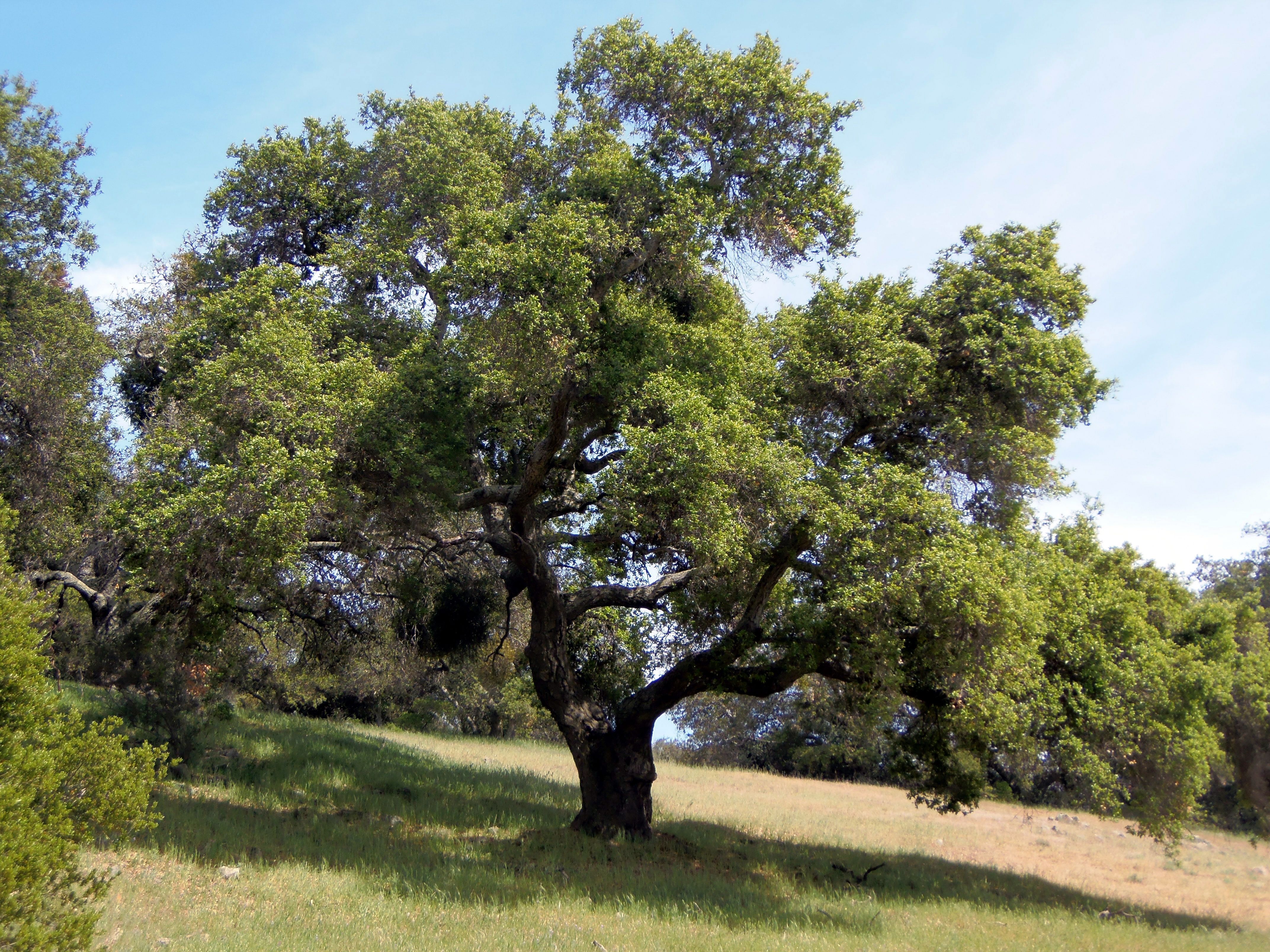
Quercus lobata – Valley Oak
This is considered the largest or second-largest oak species in the USA. It is Winter-deciduous, is found growing at 2000-6000 feet elevation, with 25 inches rainfall, and prefers deep bottomland soils. In Matt Ritter’s book, California Plants, he states that “early Spanish explorers called these majestic oaks robles due to their similarity to the English oak (Quercus robur), a name that became the origin of California place names like Paso Robles. Tragically, over 90% of the Valley Oak population has been lost since the 1880s! Since Valley Oak regeneration is so endangered, it makes sense to plant them if you have room.
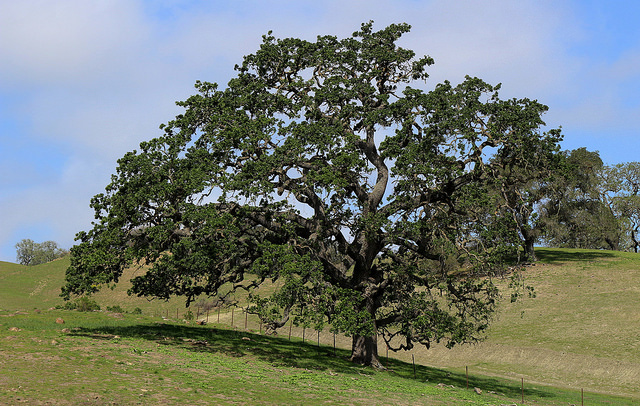
Quercus douglasii – Blue Oak
These patient, sturdy, enduring oaks grow in shallow soils, on hills, in exposed, hot, windy locations (110 degrees+, 15 inches rain). They actually prefer dry conditions, and according to Bruce Pavlik, in Oaks of California, they uniquely combine “the mechanisms of opportunism, conservation, tolerance and resiliency” that make them perhaps the most ‘Californian’ of our native oaks. I have personally seen a 14 inch trunk stump of a 300+ year-old Blue Oak tree on a ranch east of Santa Margarita, Ca. Patient indeed! Tragically, like the Valley Oak, Quercus douglasii, as a species is not adequately regenerating.
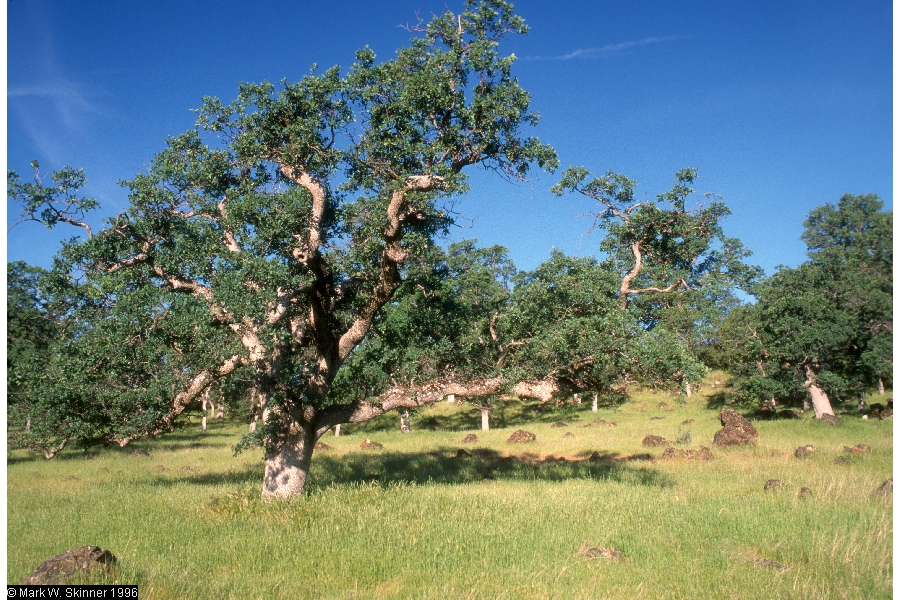
Respect the Root Zone, the most crucial area being within 6 ft. of the trunk. Try not to irrigate, plant, or disturb the soil in this area. The root protection zone is 1.5 times larger than the area from the trunk to the drip line (or edge of canopy). Minimize disturbance, irrigation and planting in this area. In that crucial root zone, avoid alteration of natural grade, cut and fill, damaging roots, trenching and paving – direct drainage away from the tree.
“Caring for Young Trees” is a tree planting video, courtesy of California ReLeaf:
Watch the 3-minute video Caring for Young Trees
When building or landscaping around existing oak trees, we need to be careful not to cause problems.
More Oak Tree Care information courtesy of the City of Visalia: Care and Maintenance of Oak Trees
